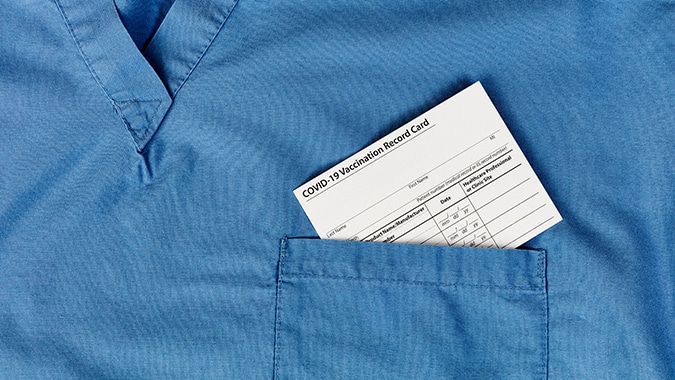The federal Restaurant Revitalization Fund (RRF), a $28.6 billion program to help restaurants and other food and beverage businesses hard hit by the pandemic, ended last week after filling fewer than one-third of the aid requests received.
As of June 30, the RRF had received 278,000 applications seeking over $72 billion in funds. The program run by the U.S. Small Business Administration opened May 3 and approved 101,000 applications before the $28.6 billion in funding ran out.
On July 2, SBA Administrator Isabel Guzman announced that the program had closed. However, RRF application online platform will remain open for the next two weeks to allow applicants to check their status, address payment corrections, or ask questions, she said. The SBA will disable access to the platform on July 14.
The RRF was part of the American Rescue Plan that made restaurants and bars eligible for economic aid equal to their pandemic-related revenue loss, with a cap of $10 million per business and $5 million per location. The funds were available for certain eligible uses, like payroll and rent.
The law creating the RRF required the SBA to prioritize applications from women, military veterans and socially and economically disadvantaged individuals, which the SBA defined as those from certain racial and cultural groups with limited financial means. The program set up a 21-day exclusivity period for underserved populations. Although others could apply, they had to wait until the 21-day exclusivity period was over for their applications to be considered.
Guzman said businesses owned by underserved populations received approximately $18 billion of the total $28.6 billion in available funding. This included:
- $7.5 billion awarded to women-owned businesses
- $1 billion awarded to veteran-owned businesses
- $6.7 billion awarded to social and economically disadvantaged-owned businesses
- $2.8 billion awarded to businesses owned by representatives of multiple underserved populations.
The remaining $10.6 billion of the $28.6 billion total went to eligible applicants not identified as part of an underserved group. The average grant award to these applicants was $283,000.
With the closure of the RRF, the SBA said it will continue to deliver economic aid to help small businesses recover with critical relief through programs such as the Economic Injury Disaster Loans (EIDL), Targeted EIDL Advance and Supplemental Targeted Advance and the Community Navigator Program.
For additional information on SBA’s Economic Relief programs, visit COVID-19 relief options (sba.gov)

